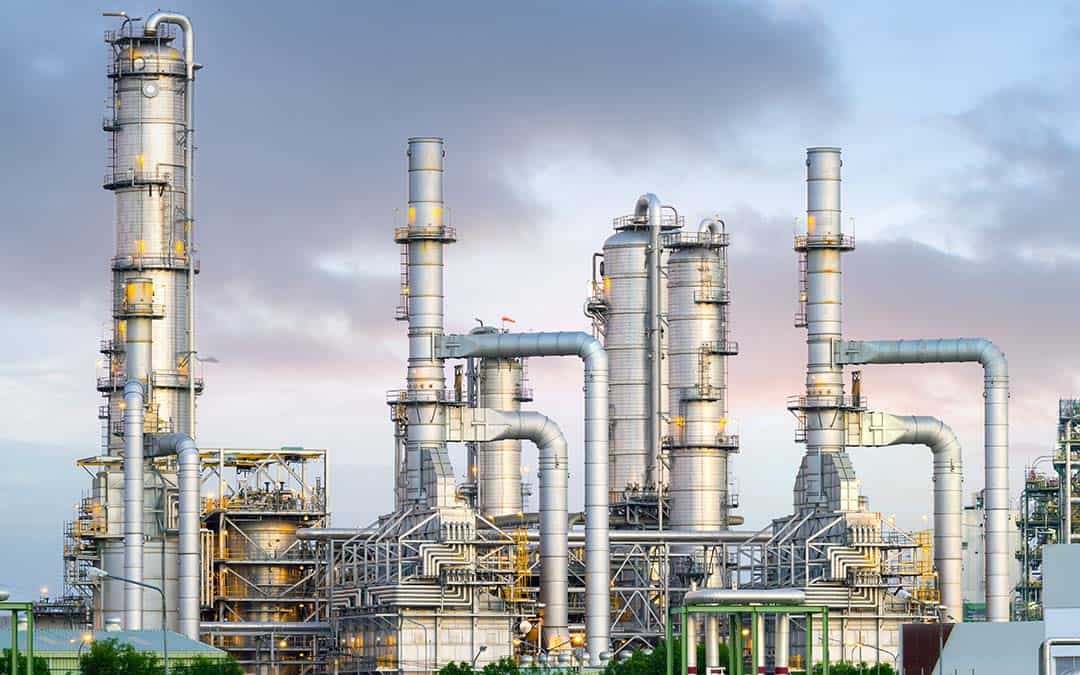What if we told you that carbon could be all but stripped from chemical and biological process emissions and sequestered underground? Would you think we were writing the newest award-winning sci-fi script?
In reality, carbon capture technology is far from fiction — it’s the eco-friendly measure that’s taking the gas industry by storm. In February, Canadian company Standard Lithium partnered with Aqualun to build one such plant, with the aim of using carbon capture in their lithium brine processing flowsheet and potentially storing the carbon forever within geological formations.
But is this even possible? And will it really mitigate the environmental footprint of major gas companies? So far, all signs point to “yes.”
So, What Exactly Is Carbon Capture?

It’s widely believed that carbon capture is the key to slowing the progress of global warming. But, how does it actually work? Can carbon really be contained forever?
What you need to know is that the process of carbon capture works in three distinct steps: First, companies capture the -CO2– produced by their specific industrial activity, such as manufacturing coal, oil, steel, or cement. The second step is transporting the captured CO2 to a storage facility, and the third is locking it deep underground.
This final step is where the concept of geological sequestration comes in. The idea is that harmful carbon emissions can and will be stored in porous rock that is capped by impenetrable rock, preventing it from escaping. This process is only possible by utilizing rock types porous enough to hold carbon, such as sandstone, limestone, or dolomites.
What Are the Environmental Perks?

Given the cost of this technology, you may be wondering what the actual impact of carbon capture plants will be, and whether they will make a real difference in mitigating the effects of global warming. Sustainable energy technology provider ProSep, which recently launched a major project to reduce the size and cost of carbon capture facilities, believes they will.
John Sabey, Chief Technology Office at ProSep, spoke of his excitement about the company’s most recent project: “Decarbonising the industrial markets is a key goal for several global clients, and ProSep is looking forward to playing a role going forward.” The company claims that their new system will yield a CO2 capture capacity of more than 200,000 tons per year from offshore gas turbines.
What’s more, a study from SINTEF Energy Research and Delft University of Technology revealed several findings about implementation of carbon capture and storage, including that “significant” CO2 reductions could be achieved at a relatively low cost.
The report referred specifically to the Lake Pontchartrain Causeway bridge construction in southwestern Louisiana, stating that the project’s resulting carbon emissions could have been reduced by 51% for just a 1% cost increase.
Our Place in the Future of Carbon
CalOx is proud to be a reliable and sustainable supplier of carbon dioxide in the Los Angeles area, and we love to see our fellow gas suppliers and energy companies moving toward practices that make a real impact. The world has changed immensely since our establishment in 1936, meaning we’ve seen it all—and know how to move with the times. With an incredible staff of highly-trained technicians, we’re here to help your business face whatever changes are on the horizon.
